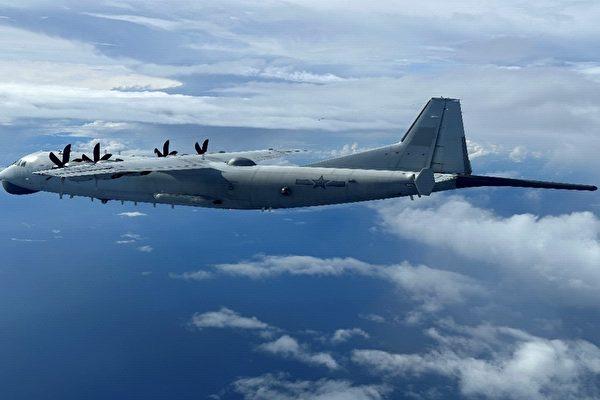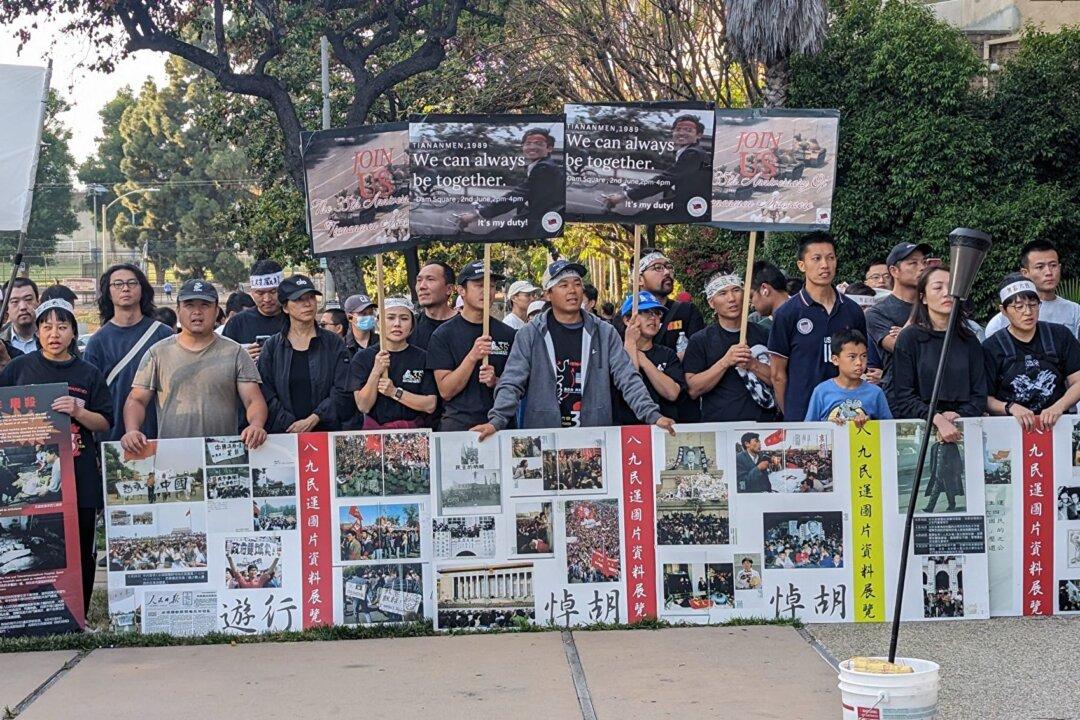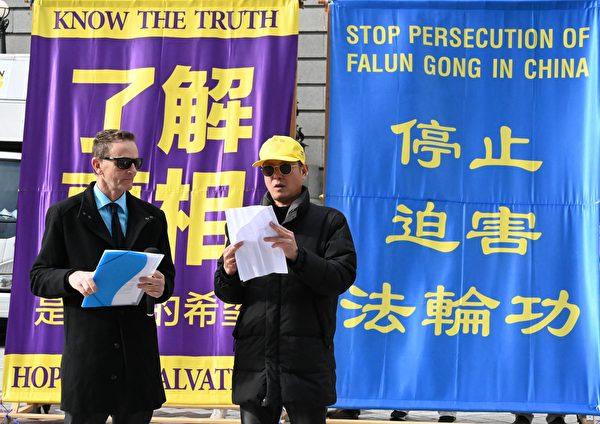Taiwan is closely watching the Chinese military activities in China’s Dacheng Bay in Fujian Province, south of China. The national defense ministry described the troop movements of the People’s Liberation Army (PLA) as “abnormal” in a recent press address.
The Ministry of National Defense released an air force surveillance photograph of a PLA Shaanxi Y-8 anti-submarine aircraft on the evening of Sept. 21, while addressing more than 20 PLA aircraft have been spotted along the Taiwan Straits, and some of them entering Taiwan’s southwest and southeast airspace.




